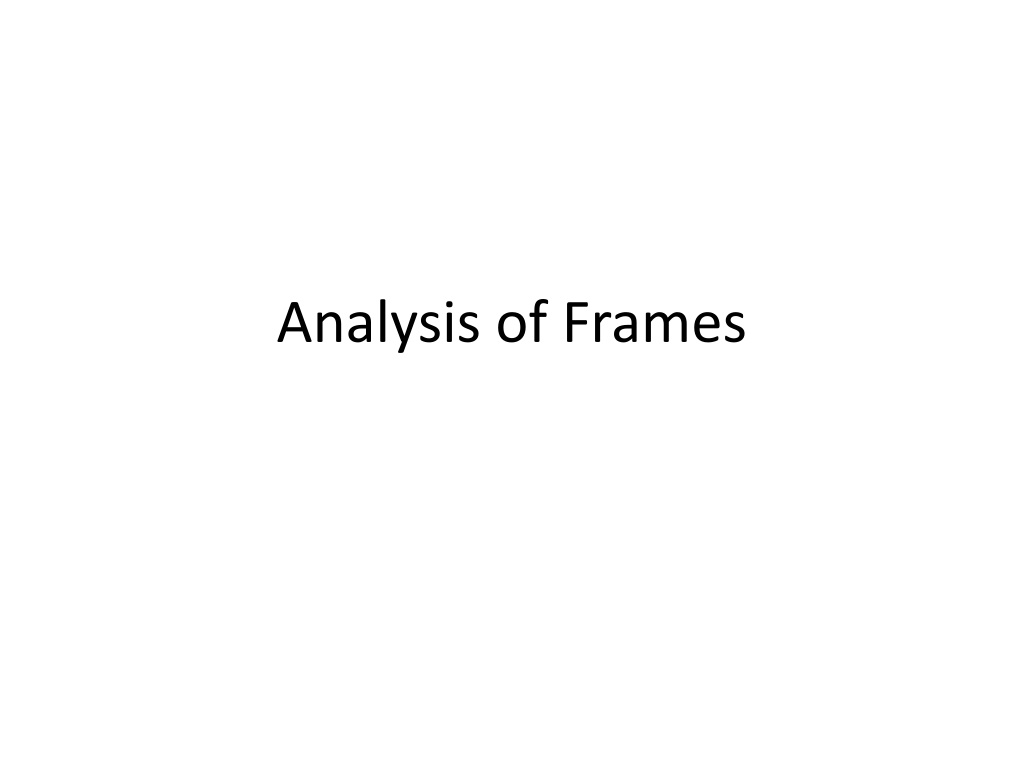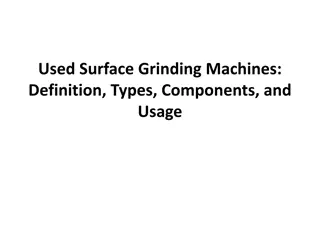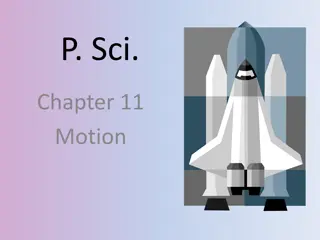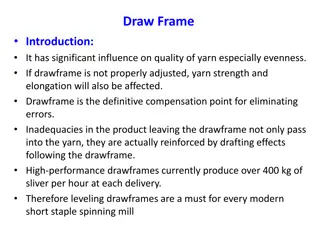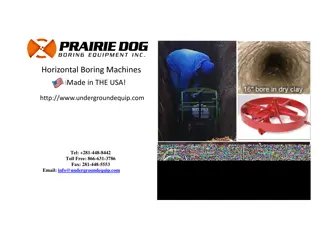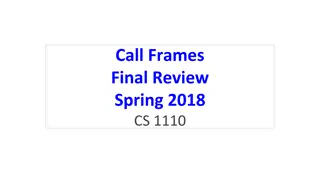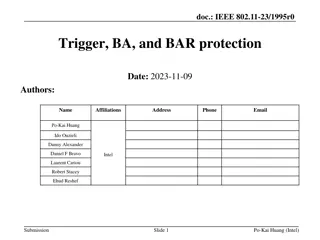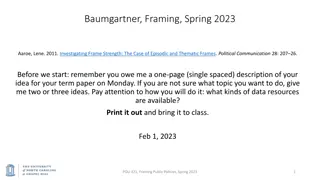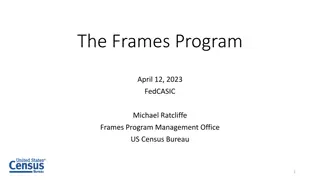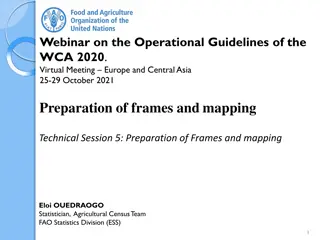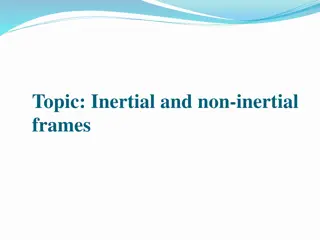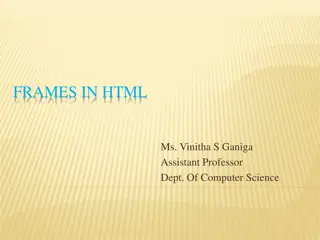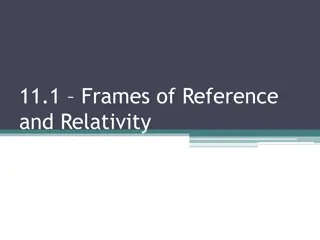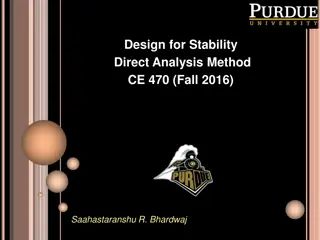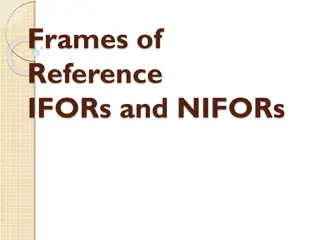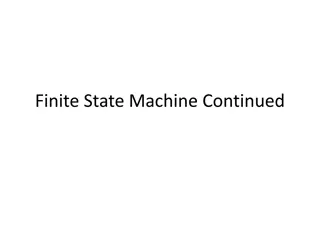Understanding Frames and Machines in Structural Analysis
Frames and machines are structural elements with multiforce members. Frames support loads while machines transmit and modify forces. To solve frame problems, isolate each member using a free-body diagram and apply equilibrium equations, considering both external and internal forces. Two-force members have known forces' lines of action, while multiforce members require representation with two unknown components. Forces between connected components are equal, with the same line of action and opposite sense.
Download Presentation

Please find below an Image/Link to download the presentation.
The content on the website is provided AS IS for your information and personal use only. It may not be sold, licensed, or shared on other websites without obtaining consent from the author. Download presentation by click this link. If you encounter any issues during the download, it is possible that the publisher has removed the file from their server.
E N D
Presentation Transcript
Two force members A two-force member has forces applied at only two points on the member. For any two-force member to be in equilibrium: The two forces acting on the member must have the same magnitude; Act in opposite directions; and Have the same line of action F A A B F B September 13, 2024 2
Multi-force members A multi-force member has forces (and/or couple moments) applied at more than two points on the member. By B Bx 10 kN 2 m 1 kNm C Cx 1 m 1 m 2 m Cy September 13, 2024 3
Frames and Machines Frame or Machine: A structure is called a frame or machine if at least one of its individual members is a multi-force member. Difference between Frame and Machine: Frames are structures which are designed to support applied loads and are usually fixed in position. Machines are structures which contain moving parts and are designed to transmit forces or couples from input values to output values. In this course we will study only pin-connected frames. September 13, 2024 4
Frames and Machines (contd.) These pliers act as simple machines. Here the applied force on the handle creates a much larger force at the jaws. This large crane is a typical example of a frame. September 13, 2024 5
How to solve frame problems The forces acting on each member of a frame are found by isolating its each member with a free-body diagram and applying the equations of equilibrium. Free body diagram of a member is drawn by drawing its outlined shape and showing all the forces and/or couple moments that act on it. The principle of action and reaction must be carefully observed when we represent the forces of interaction on the separate free-body diagrams. September 13, 2024 6
Analysis of Frames Framesand machines are structures with at least one multiforce member. Frames are designed to support loads and are usually stationary (i.e. not moving). Machines contain moving parts and are designed to transmit and modify forces. A free body diagram of the complete frame is used to determine the external forces acting on the frame. Internal forces are determined by dismembering the frame and creating free-body diagrams for each component. Forces on two force members have known lines of action but unknown magnitude and sense. Forces on multiforce members have unknown magnitude and line of action. They must be represented with two unknown components. Forces between connected components are equal, have the same line of action and opposite sense. BE: two-force member 6 - 7
http://web.mst.edu/~bestmech/statics/sa/sa/ 6_4_2_1.htm
